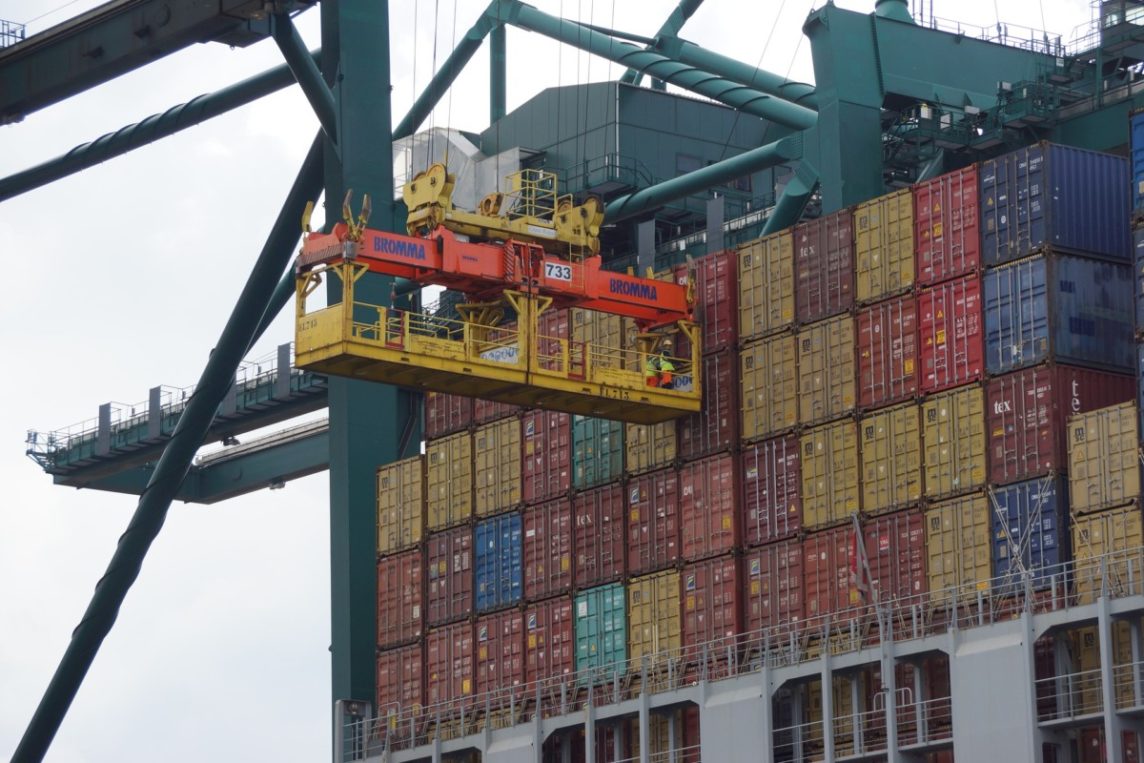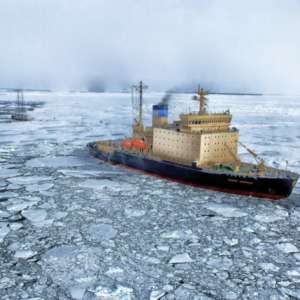As tariffs on Chinese imports pile up, manufacturers are finding new ways to prove the adage “constraints breed creativity.” A time-tested strategy consists of shifting manufacturing operations to change a product’s country of origin. Shipping products that lack a “Made in China” sticker mitigate the effects of the $550 billion worth of US tariffs that have been slapped on Chinese products. No one knows how long this trade confrontation will stretch on for– on September 2nd, China lodged a complaint against the US over the tariffs, marking the 3rd lawsuit that China has brought to the WTO challenging the US. But in the meantime, many are using another, somewhat murkier strategy: transshipping.
What is Transshipping?
Many are adopting the approach of transshipping in order to bypass trade tariffs and expand markets. In fact, Trump cited transshipments as justification for the steel import tariffs he imposed. In a joint press conference with Prime Minister Lofven of Sweden, he said, “I’ve watched where the reporters have been writing 2% of our steel comes from China. Well, that’s not right. They transship all through other countries. And you’ll see that a country that doesn’t even have a steel mill is sending us 3% steel for our country…they send it through other countries, and it comes to us.”
Put simply, transshipping is when a country ships product through a third country so that the product will look like it’s coming from the third country, thereby avoiding duties or tariffs. For example, one supplier, Settle Logistics, goes through Malaysia: a 4600 miles diversion compared with sending a container from China straight to the US.
This is much more expensive: shipping via Malaysia costs $3,000 to $4,000 more per shipping container, at least $2,000 more than shipping direct. Those costs are still worth it in order to avoid tariffs.
The scale of this tariff-dodging isn’t clear. Many economists don’t think it plays a major role in American trade, since, the US imports only modest amounts of, say, steel from countries that are popular spots for freight forwarders such as Malaysia, Vietnam, and Indonesia.
Still, Chinese brokers have reportedly built a “extensive and highly developed” network to facilitate transshipments. And some of them have reported receiving up to 10 times as many phone calls for price quotes as they would usually receive as trade tensions heated up. They’re likely to be a major part of any negotiations between China and the US– which also means that countries that currently have tariff exceptions, like South Korea and Canada, should ensure they don’t become way stations.
US Attempts to Crack Down
It’s worth pointing out here that transshipments are technically legal. The problems arise when somebody disguises the country of origin. Importers can say that goods hail from a given country if they were “substantially transformed” there, according to federal rules. But determining what qualifies as a transformation requires a certain subjectivity. It is the US government’s role to judge which country products are originally from.
Vietnam has become one of the largest beneficiaries of the trade war between Beijing and Washington, as some businesses shift their supply chains away from China to avoid tariffs. Data shows that US imports from Vietnam have surged as those from China have declined. Some of this surge is legitimate– some Chinese businesses have been setting up factories in Vietnam, and foreign direct investment from China to Vietnam has hit record levels, in part due to increasing labor costs in China.
But transshipment is part of that increase.
A series of reports by local newspaper Tuoi Tre recently revealed that “Vietnamese-made” televisions by home electronics maker Asanzo were almost entirely made from Chinese imports. One of the duties workers performed in Vietnam was to literally remove the “made in China” stickers from the LCD panels.
Back in June, Vietnam said it would crack down on goods from China illegally relabeled “Made in Vietnam” by exporters. Officials have pledged to strengthen factory inspections, tighten the supply of certificates of origin, and increase penalties on trade-related fraud. US Customs and Border Protection has also vowed to impose civil or criminal penalties if they catch freight forwarders tricking the system.
Bottom Line for Suppliers
Transshipping isn’t going anywhere anytime soon. Patrick Conway, a professor of economics at UNC Chapel Hill, says “deceptive transshipments violate international law, but are costly and hard to stamp out. I believe efforts to do so will also discourage imports that are valuable to US consumers.”
While shifting production is a legitimate means of reducing tariff liability, suppliers should take steps to ensure that supply chain partners are following applicable rules, and that those efforts are sufficiently documented. And prepare for Vietnam, as one of the stopover countries, to become the next target of tariffs.
Red Arrow Logistics has the scale and scope to meet the budget and schedule requirements of the largest and smallest companies alike. If we can be of assistance, please email me at liz.lasater@redarrowlogistics.com or give us a call 425-747-7914



